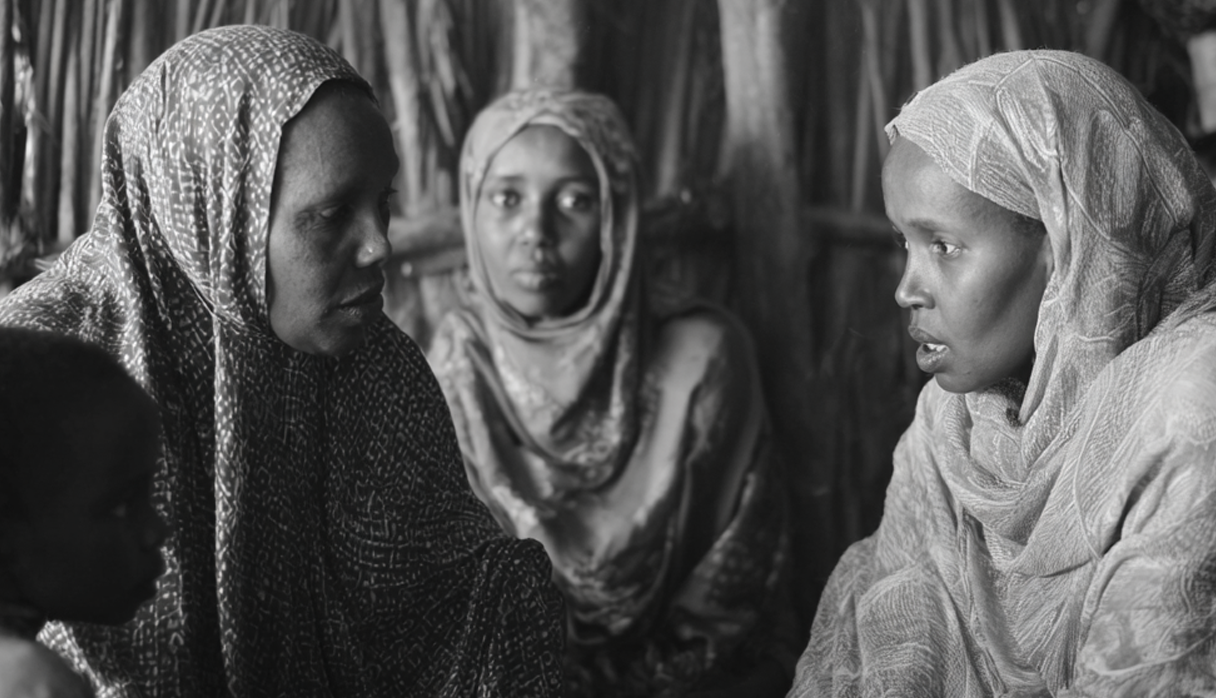Women and Peace-Making in Somaliland


The end of Siad Barre’s rule in 1991 brought both the declaration of Somaliland’s independence and the eruption of violent clan-based conflicts. As communities sought to rebuild their lives, peace processes were formally led by male elders and politicians. Yet, beneath these highly visible negotiations lay the tireless work of women, who played crucial roles in securing peace at the grassroots level.
Somali women acted as mediators within their families and communities, urging their husbands, sons, and brothers to lay down arms. Because of marriage and kinship ties, many women were able to move between rival clans more easily than men, positioning them as natural bridges for dialogue. They worked to reduce hostility by reminding communities of shared bonds and pressing for reconciliation.
Women also supported peace-making through practical contributions. They organized community gatherings, provided food and shelter during peace conferences, and used cultural expression—especially poetry and song—to spread messages of unity and reconciliation. These cultural tools, long respected in Somali society, gave women a voice even when formal participation was denied to them.
Despite their critical contributions, women were almost entirely excluded from official negotiations and political decision-making. The peace process remained firmly under male authority, reflecting entrenched patriarchal structures. Still, without women’s informal but essential work, reconciliation efforts would have lacked the trust and grassroots engagement necessary for success.
In Somaliland, women demonstrated resilience, creativity, and agency in the face of exclusion. Their efforts illustrate how peace-building is not only negotiated at the political level but also cultivated daily within families and communities. By sustaining dialogue and promoting reconciliation, women became invisible yet indispensable architects of peace.